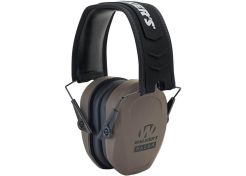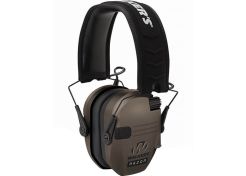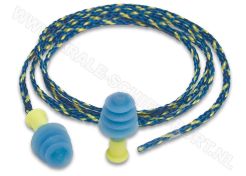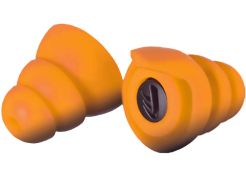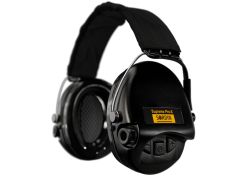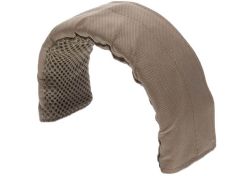Why should you wear ear defenders while hunting?
A hunting gun -whether it’s a rifle or a shotgun- produces a lot of decibels. It’s inherent to firearms of course, just as wearing ear protection should be to prevent loss of hearing. Continuous exposure to high levels of sound above 80 dB or even immediate exposure to critical levels from 120 dB upward, will lead to hearing damage.
Hearing damage is a cumulative thing. When overexposed, hair cells in the ears will get damaged. And once damaged, they won’t regenerate like other cells. At first, you won’t notice much, but the damage will start piling up. As damage to hair cells is irreversible, the hearing damage will be irreversible too. The more you will be exposed to high levels of sound, the more hair cells will be damaged. As the damage will be cumulating, hearing loss will slowly grow. And that’s the dangerous thing with hearing loss, you won’t notice it at first, as it will occur in tiny bits. Only when you’ve been exposed to extreme levels of sound or high levels for some time, you get a numb feeling in your ears. That feeling will fade away after some time, but it’s a sure sign of hearing loss.
Whatever way you look at it, hearing loss is irreversible. And it’s a certainty you’ll damage your hearing when shooting without hunting ear defenders. Especially because you won’t notice the damage at first, the necessity of wearing ear defenders might escape your notice. But please, believe us: every shot will take a tiny bite out of your hearing. It’s just when you were a kid and snatched a cookie from the tin. One cookie you could get away with, and even two cookies wouldn’t be noticed. After that, one more cookie didn’t seem noticeable either, but when your parents opened the tin, you’d be in a world of trouble. Such is the thing with hearing damage; you think you get away with it, until you’re presented with the facts.
What types of hunting ear defenders are available?
For hunting, we’ve got two types of hearing protection: ear plugs and ear muffs. Ear plugs for hunting are most commonly made from foam that’ll work perfectly. However, we’ve also got custom ear plugs where a rubber-like putty is put into the outer hearing canal. After hardening, you’ve got ear plugs that are perfectly shaped to your hearing canal. If foam plugs tend to bother you, custom-made plugs will often be more comfortable.
Ear defenders with cups, held together by a headband, have sound dampening material inside the cups. The cups themselves feature soft cushions for a perfect seal around your ears. That seal is absolutely necessary to get the best hearing protection possible with no dB’s slipping past.
What can make a difference compared to standard ear defenders is the shape of hunting ear defenders. Some of our hunting ear defenders are slightly tapered at the bottom. The reason for this is that you don’t want the ear protectors to come into contact with the stock when shouldering your gun. Not only can this be quite annoying, it also can shift the cup, preventing it from sealing and offering the maximum protection it should. A good fit is very important, as ear defenders that aren’t properly in place will let decibels pass that it could have dampened when worn properly.
Ear plugs and ear defenders are both available as passive and active systems. Passive hunting ear defenders are what you’ll know as standard hearing protection. Active hunting ear defenders are also known as electronic ear protection for hunting. It’s an increasingly popular form of hearing protection for hunters.
Electronic ear defenders for hunting
We’ve mentioned the strange contradiction of using ear defenders when hunting. You want to protect your hearing, but at the same time don’t want to miss any sound coming from your surroundings. It’s impossible to do it right, weren’t it for the fact that we’ve now got electronic ear defenders where the traditional function of dampening sound is complemented with sound amplifying electronics. These electronics enable you to clearly hear sounds coming from your surroundings, while your hearing is still protected against high sound levels. This type of hearing protection is very popular amongst hunters and not without reason: the only disadvantage is actually converted into a big advantage.
Electronic hunting ear defenders have microphones that pick up the surrounding sound in stereo and speakers inside the cups that will display the sound. Each ear has its own microphone, so you keep your directional sense of sound. Some active ear defenders for hunting not only will let you just hear the surrounding sounds, they can even enhance it. With these, you actually hear more than when you’re not wearing ear defenders.
The active part of active ear defenders will protect the hearing purely from sound above a certain level. As soon as the decibels will reach dangerous heights, the active hearing protection will dampen the sound to a safe level. While out hunting, you’re completely aware of your surroundings and you’re able to easily communicate with others. Yet, when a shot is fired, the sound will be blocked temporarily to protect your hearing. There’s no need to put on and take off the ear defenders every time, this is what the active part does for you. And it’s not only convenient when you’re firing your gun yourself, but also proves its worth when someone other does so unexpectedly.
The protection that hunting ear defenders offer
The level of hearing protection is given in a rating. Often the NRR rating is used, but some manufacturers use a different testing method which produces the SNR rating. Both offer a number of noise reduction that’s not very realistic, but a simple calculation will offer a more realistic number. For NRR, you have to subtract 7 from the NRR number and then divide the outcome by two. NRR 33 will be: 33-7=26 and 26/2=13. This will show you a realistic noise reduction of 13 dB.
As a rule of thumb, we calculate SNR as being 3 dB lower than NRR. When doing the calculation for a realistic noise reduction, this means the 7 will be replaced by 4. So SNR 33 will be: 33-4=29 and 29/2=14.5 dB.
If you want the absolute maximum of hearing protection, it’s possible to combine ear defenders with ear plugs. However, contrary to popular belief, it’s not just adding up numbers where noise reduction is concerned. By combining two types of hearing protection, a maximum of 5 dB will be achieved on top of the hearing protector with the highest noise reduction rating. So if, for example, you have NRR 33 ear plugs and NRR 30 ear defenders, the plugs will offer the highest level of protection with NRR 33. Add 5 dB to that, and you’ll end up with NRR 38 protection. But don’t forget to put this number into the calculation for a realistic rating.
Best ear defenders for hunting
When choosing the best ear defenders for hunting, there are a couple of things you have to consider. Firstly, you have to choose between ear plugs or ear defenders. Both will offer a great level of protection, it’s just the personal feeling of comfort that differs. Ear plugs will keep your ears cooler, while ear defenders keep your hearing canal free.
When you opt for ear defenders, please take care to determine if the cups do not come into contact with the stock when shouldering. It’s very personal, depending on your shooting stance and your choice of gun, optics and mounts. We strongly advise you to take your gun with you to our store, so you can try the ear defenders yourself.
One last consideration to make, is if you want passive or active hearing protection. If you’re mostly hunting alone and know you have (and take) the time to put on your ear defenders, passive ear defenders will be just fine. However, if you’re hunting with more people and know you often don’t have the time to put on ear defenders, electronic ear defenders will be best for you.







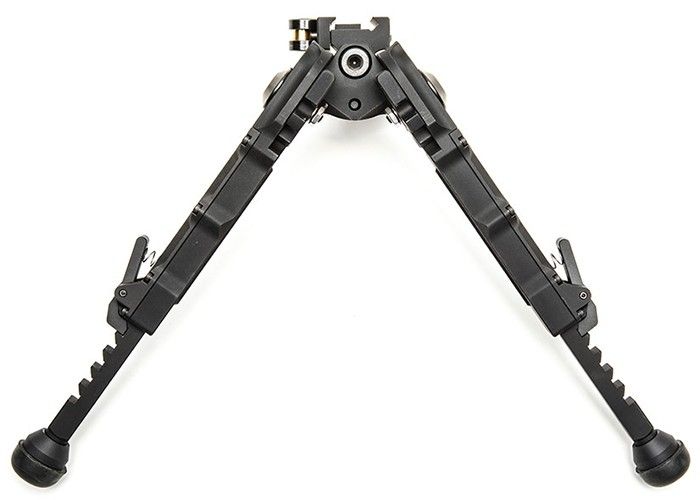
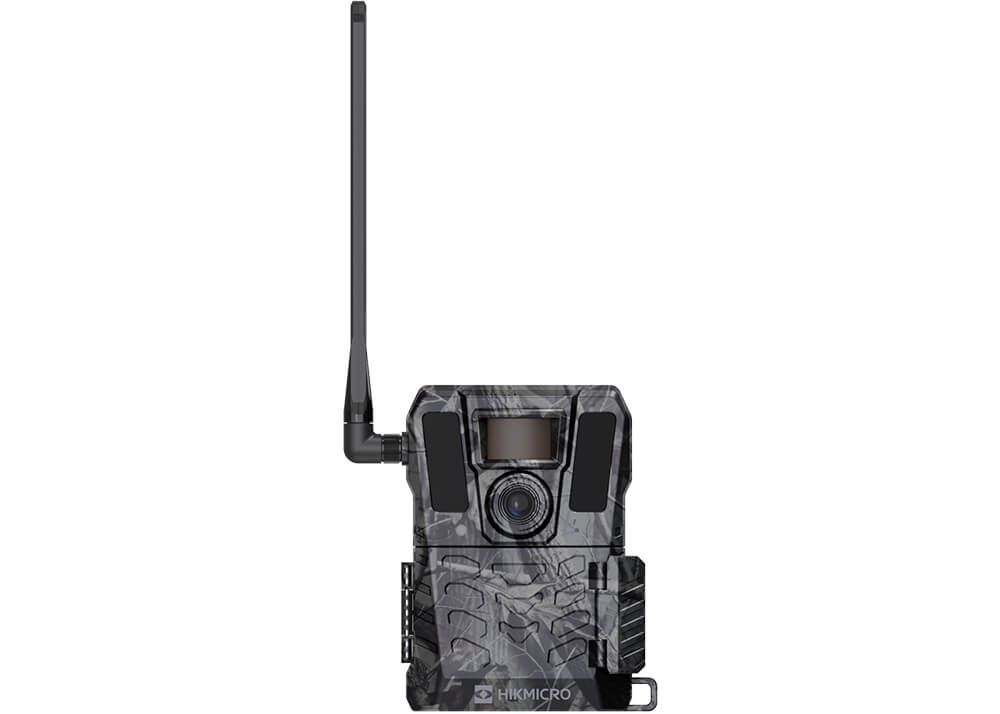
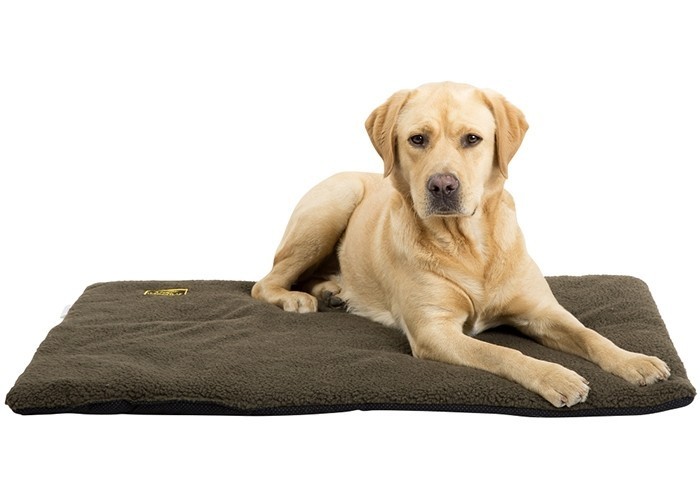

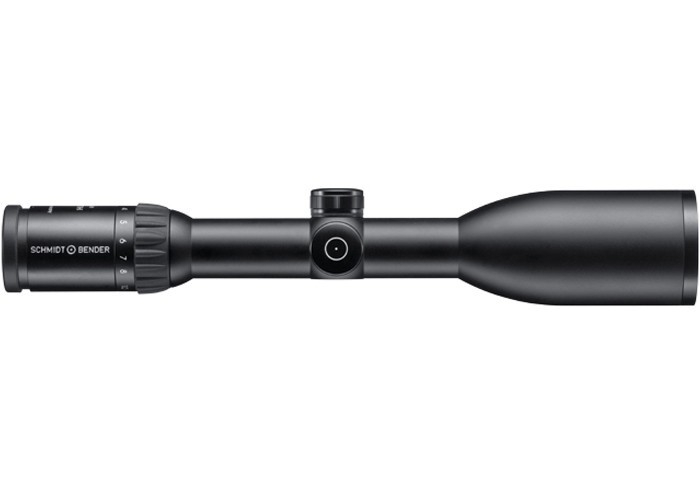



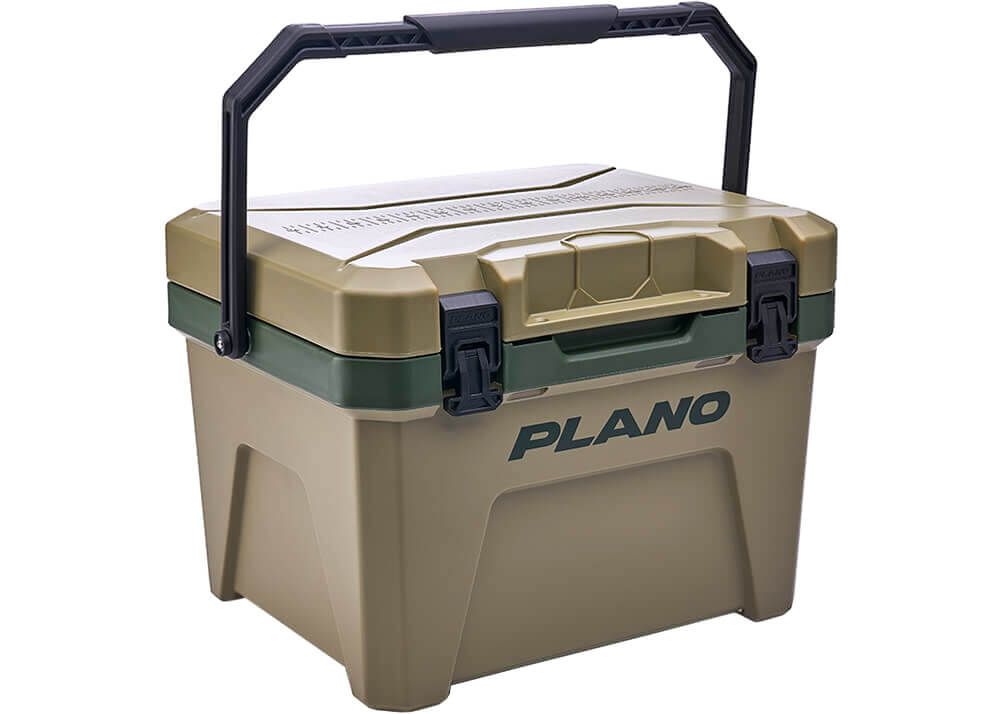

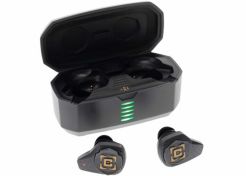

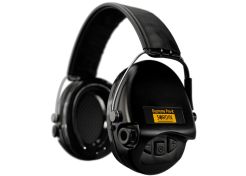
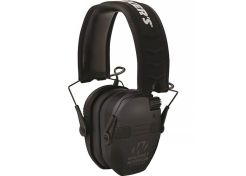
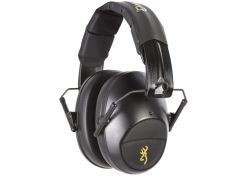
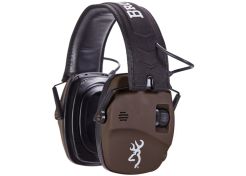
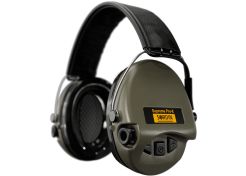
 Fast & secure delivery
Fast & secure delivery Secure shopping & payment
Secure shopping & payment Lots of expertise
Lots of expertise
